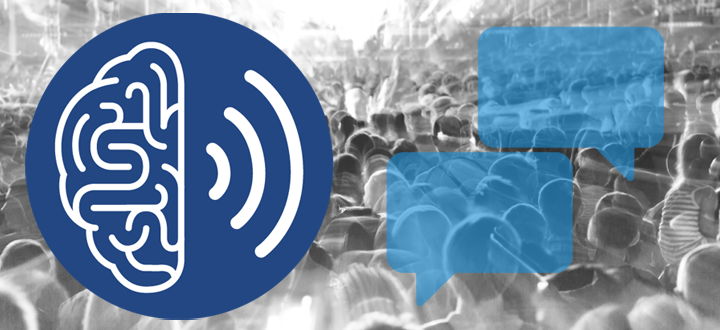CRBLM research spotlight
CRBLM Research Spotlight: Fernanda Pérez Gay Juárez
Title: Is visual categorical perception a perceptual or a language related-effect? Insights from ERPs.
Where: Rabinovitch House, 3640 rue de la Montagne
When: Thursday, March 8, 10:00 a.m.
Abstract: Categorical perception (CP) — between-category separation and within-category compression — occurs innately for colors, phonemes and facial expressions. Similar effects have also been reported for learned categories, mainly comparing similarity judgements before and after learning. The question is: Are these categorical effects really perceptual or just a response bias from having learned the category name? We trained participants with corrective feedback to sort samples of multidimensional visual stimuli into two categories based on features that covaried with category membership. Event-related potentials (ERP) were measured during the training, for their high temporal resolution is effective to discern earlier, perceptual processes from later, higher-order ones. We used two kinds of stimuli: black and white textures made up of distributed microfeatures and fish images with local features. For both types of stimuli pairwise similarity judgments before and after learning revealed between-category separation and within-category compression (CP). These effects were absent in subjects who failed to learn. We also found ERP changes in frontal and parietal late positive components (LPC) that have been associated with decisional and higher-cognitive processes. Moreover, our ERP analysis revealed changes in earlier components, associated with perceptual processes: the occipital N1 (150-220 ms) for black and white textures and the parieto-occipital P1 (80-140 ms) for the fish. Our results provide further evidence for the emergence of CP after learning a new category with two stimuli sets of different nature and thus support the perceptual nature of learned CP effects. The differences in ERPs between the tested stimuli raise some questions: Do these different types of stimuli engage different category learning systems? How to interpret the differences in earlier ERP effects?

